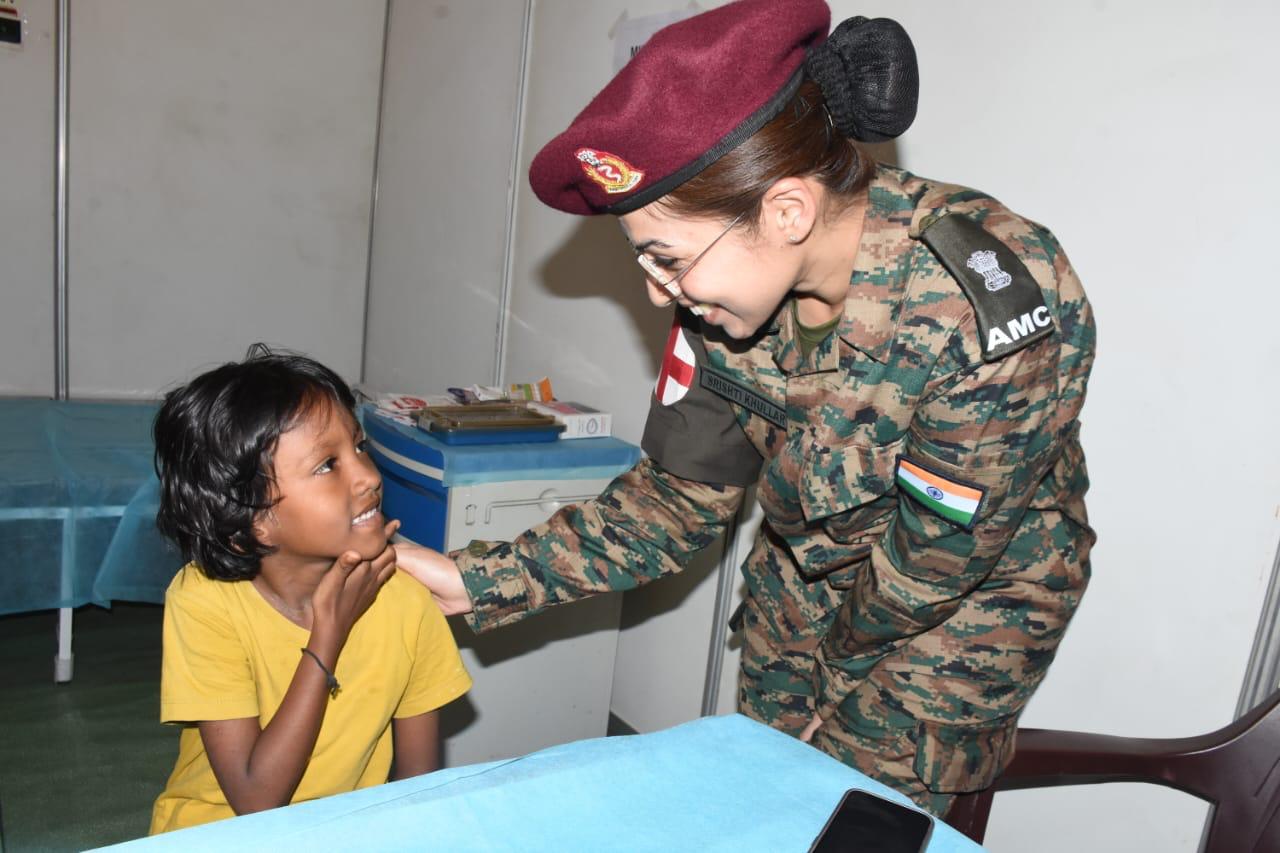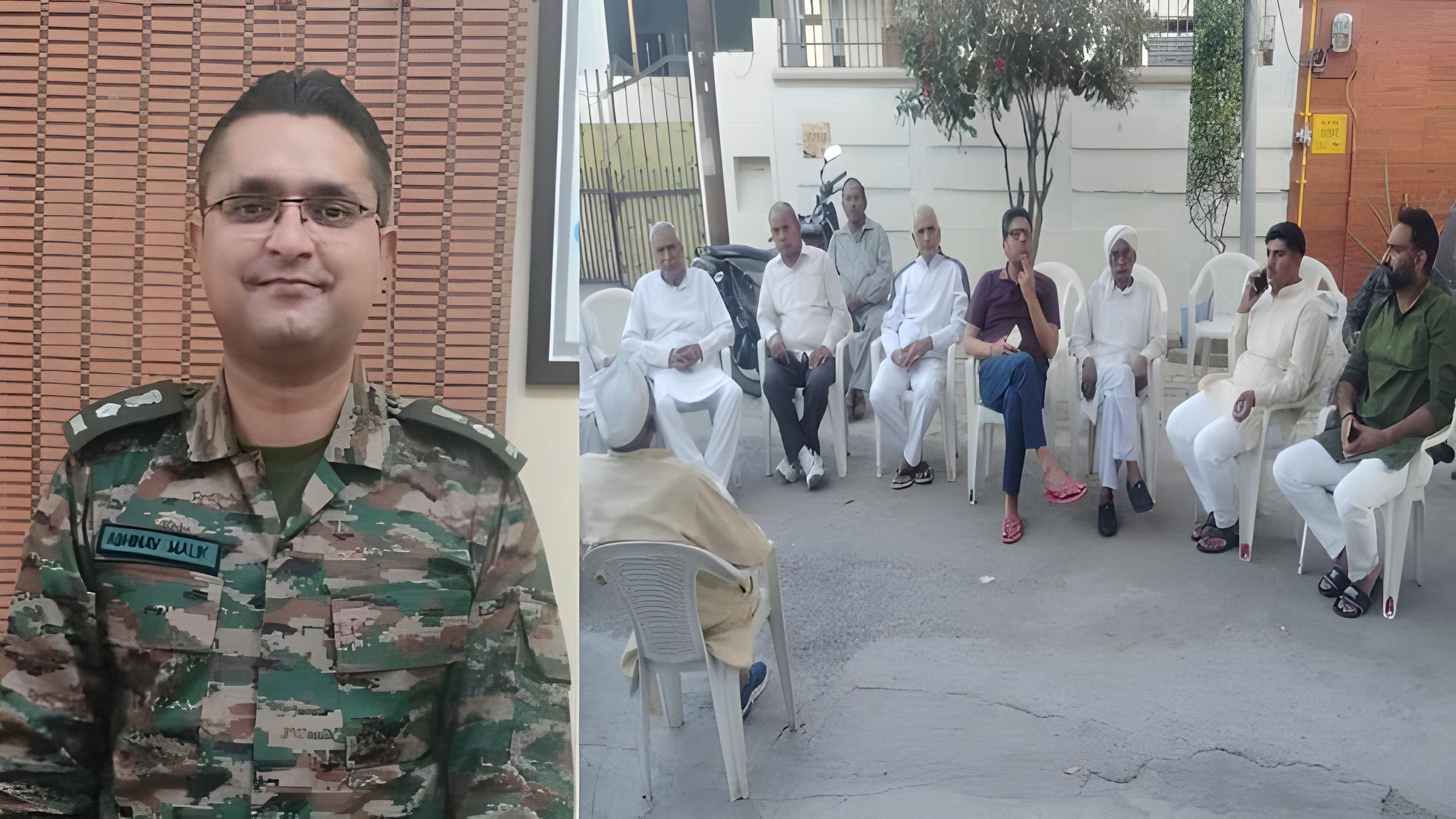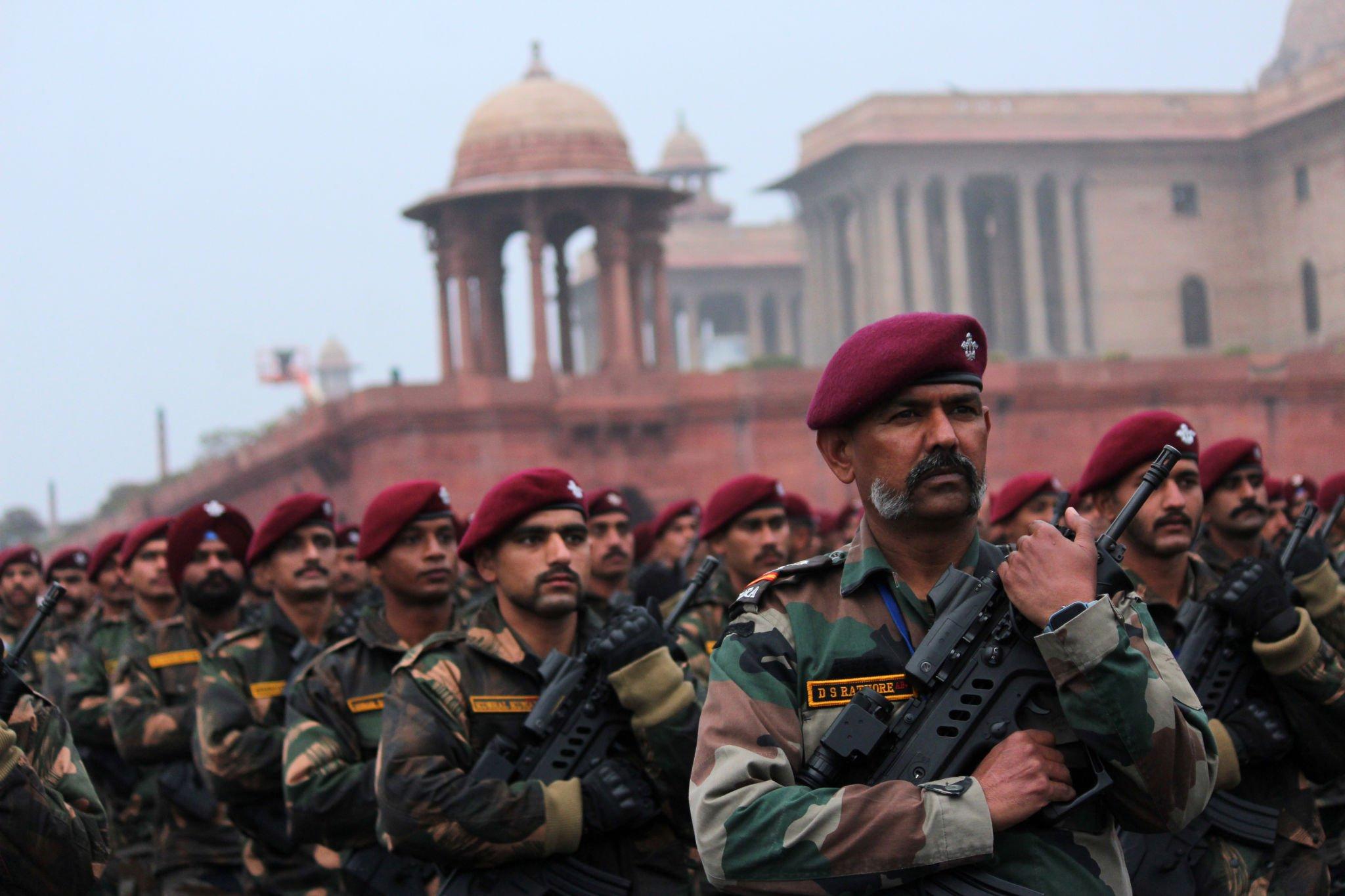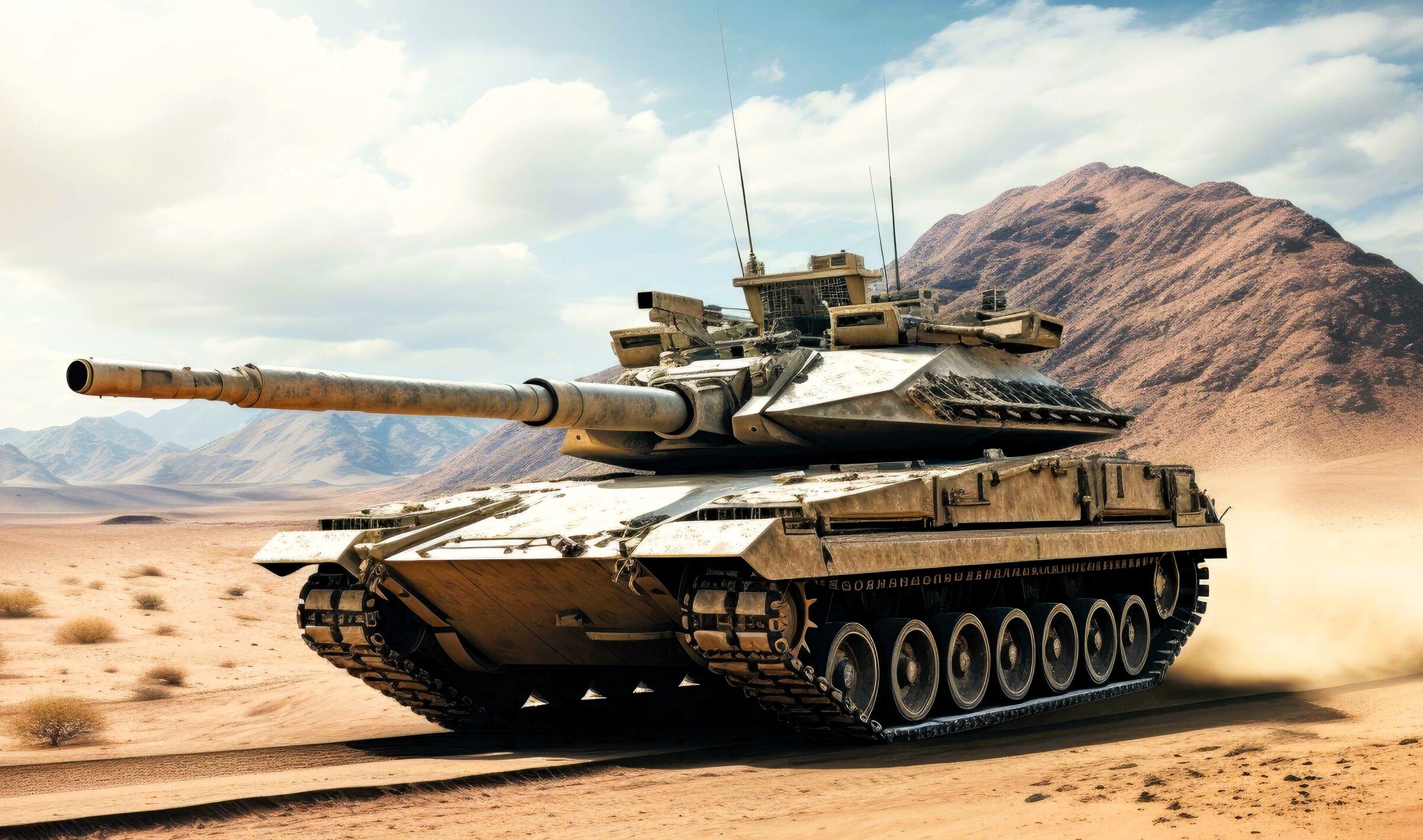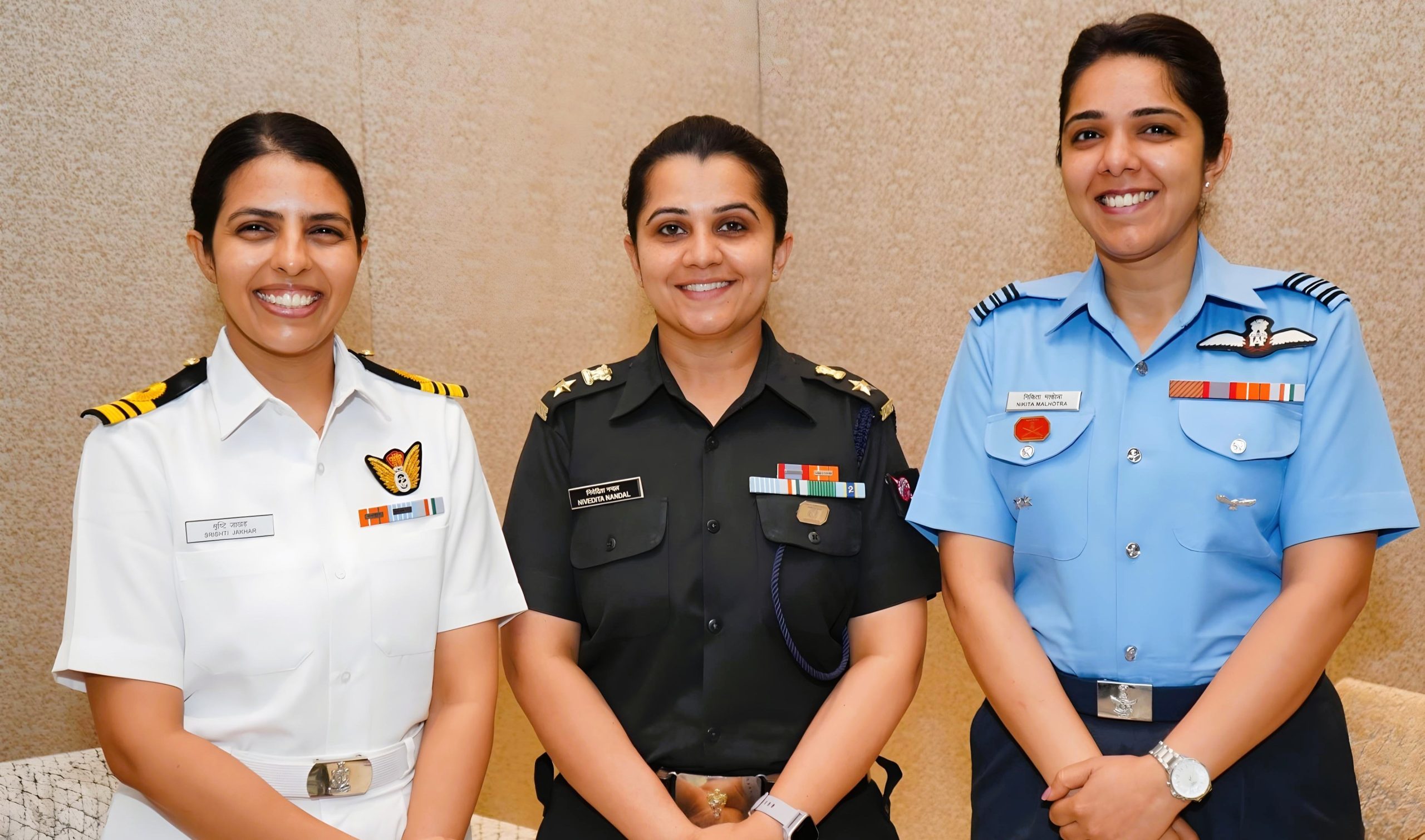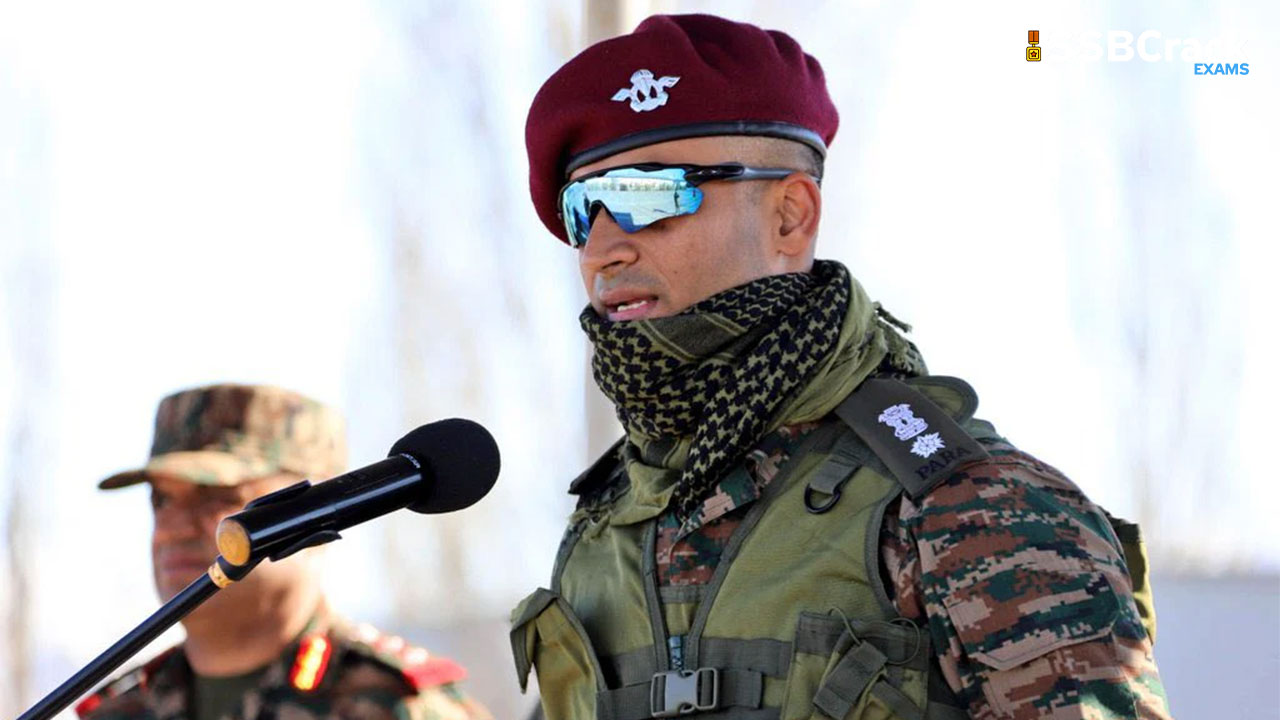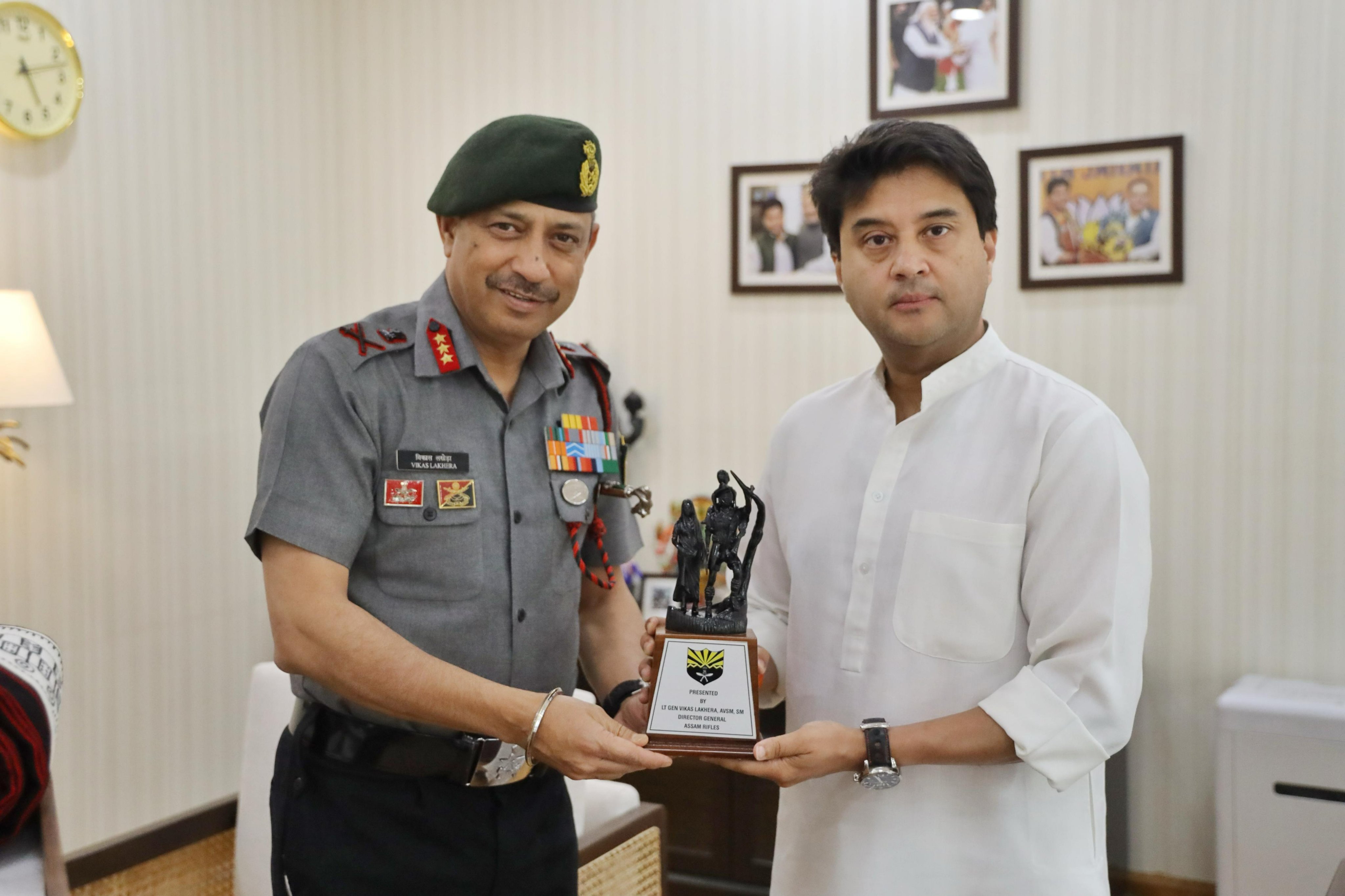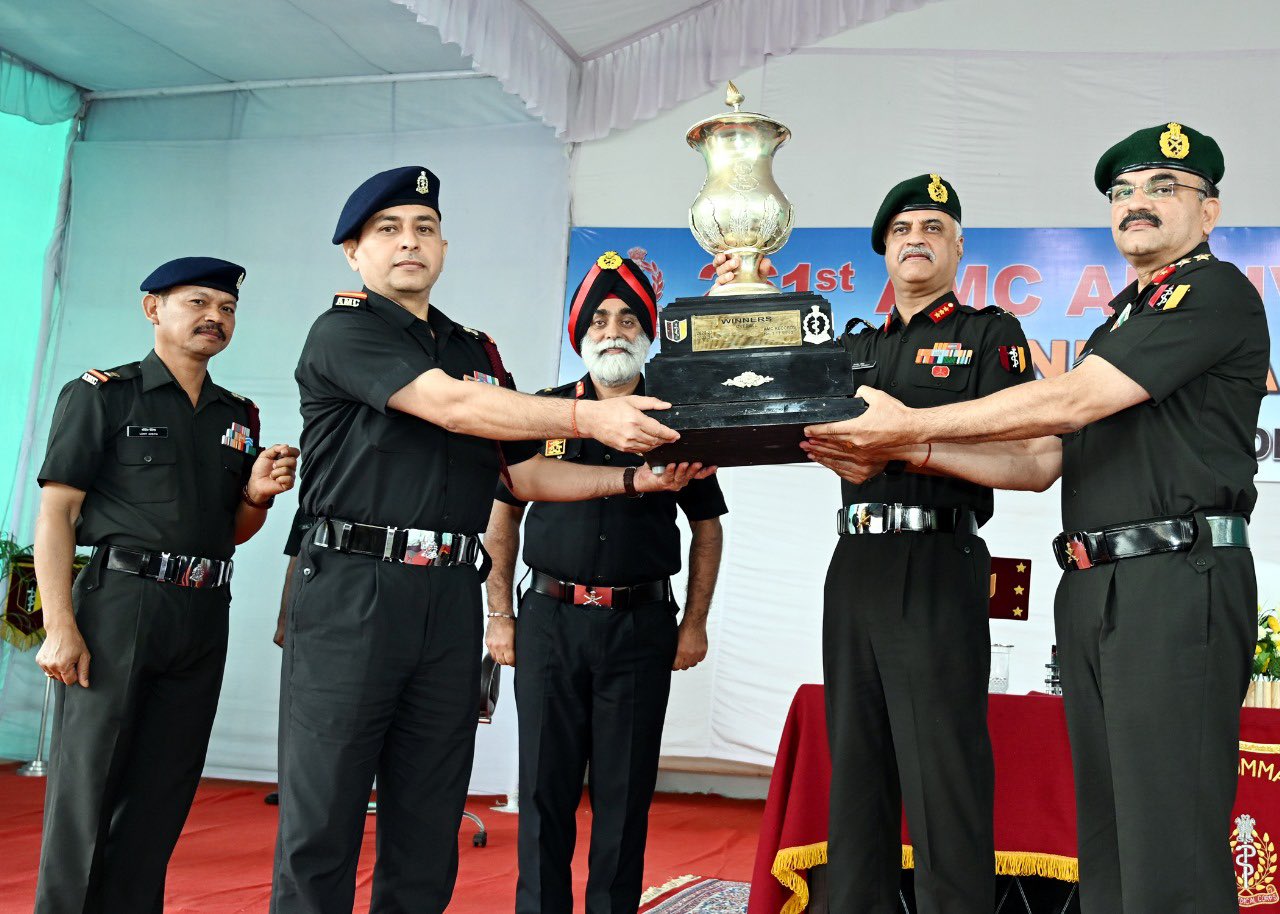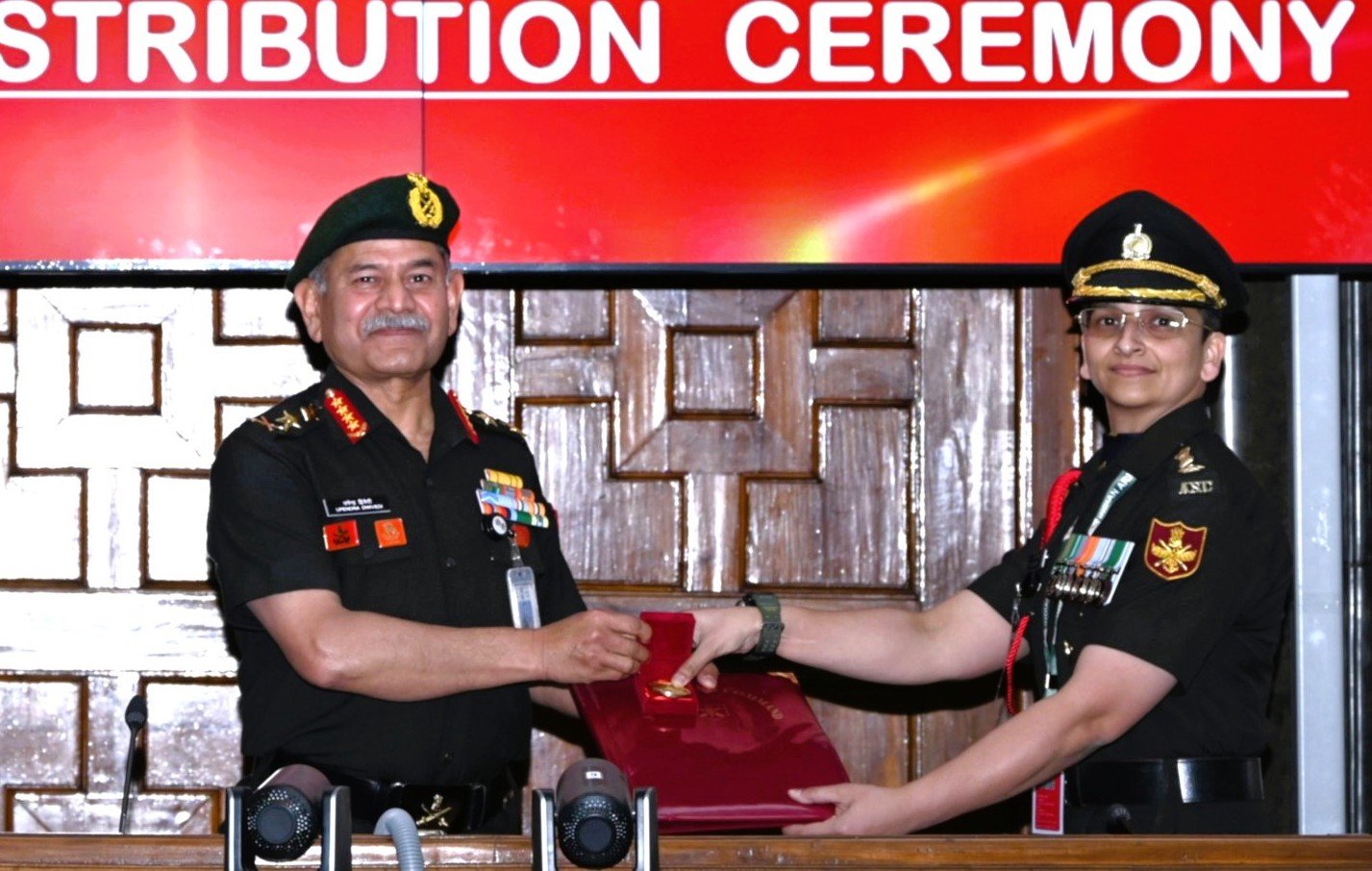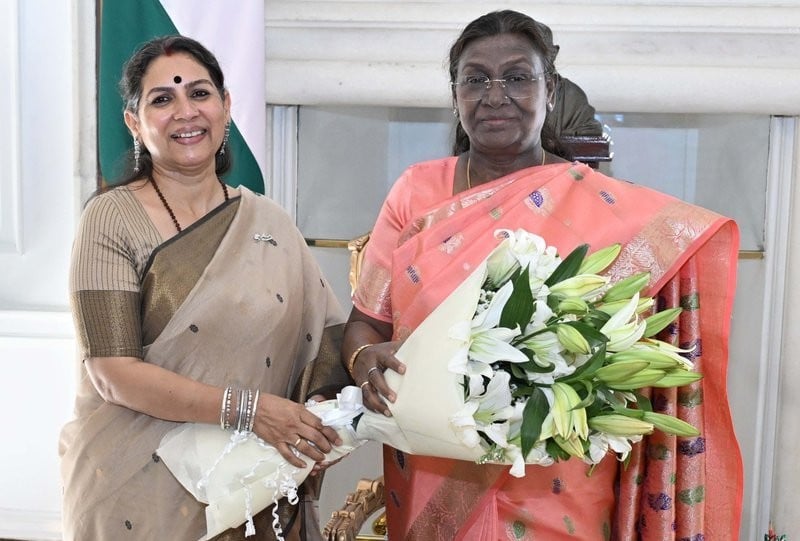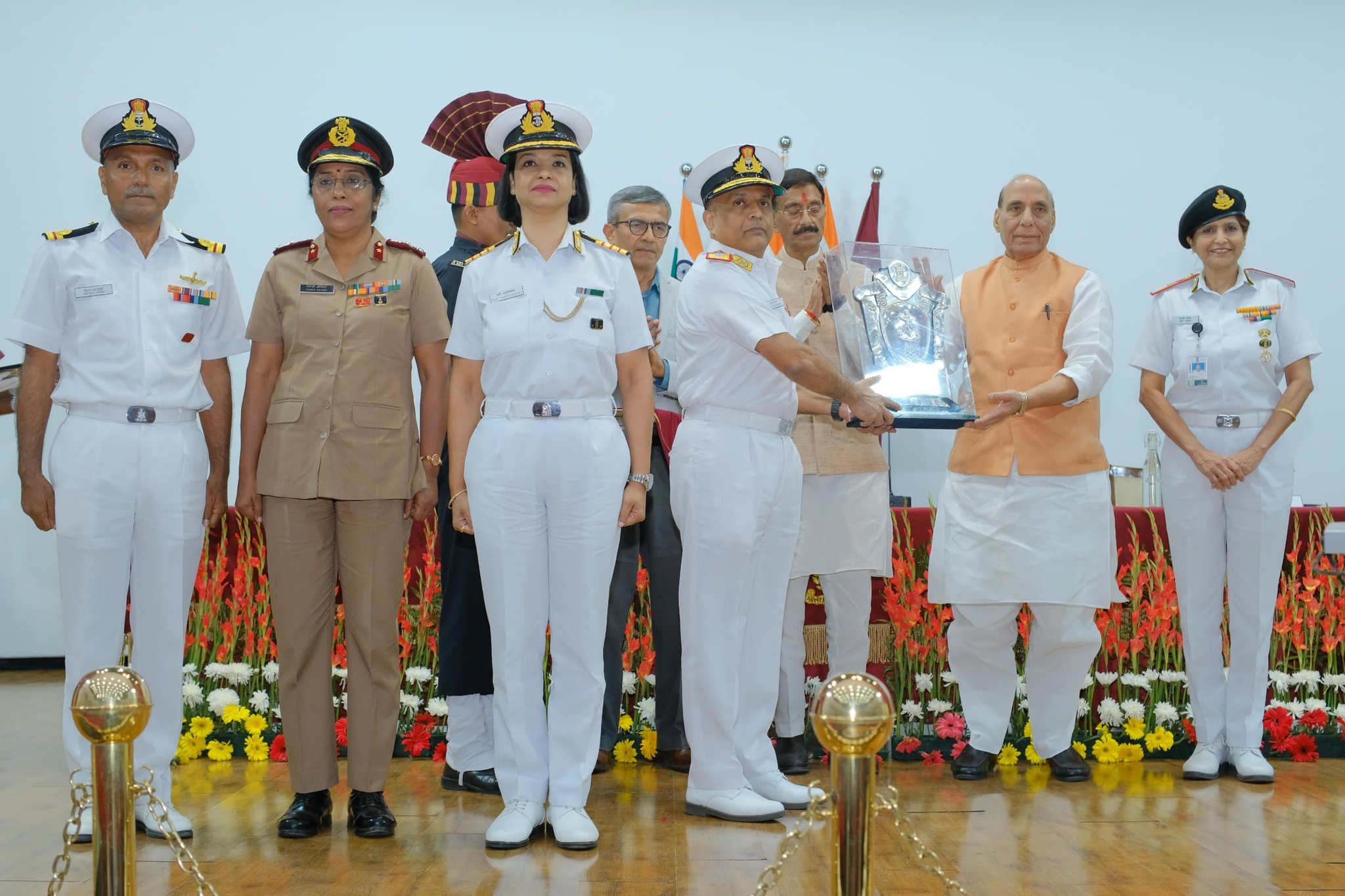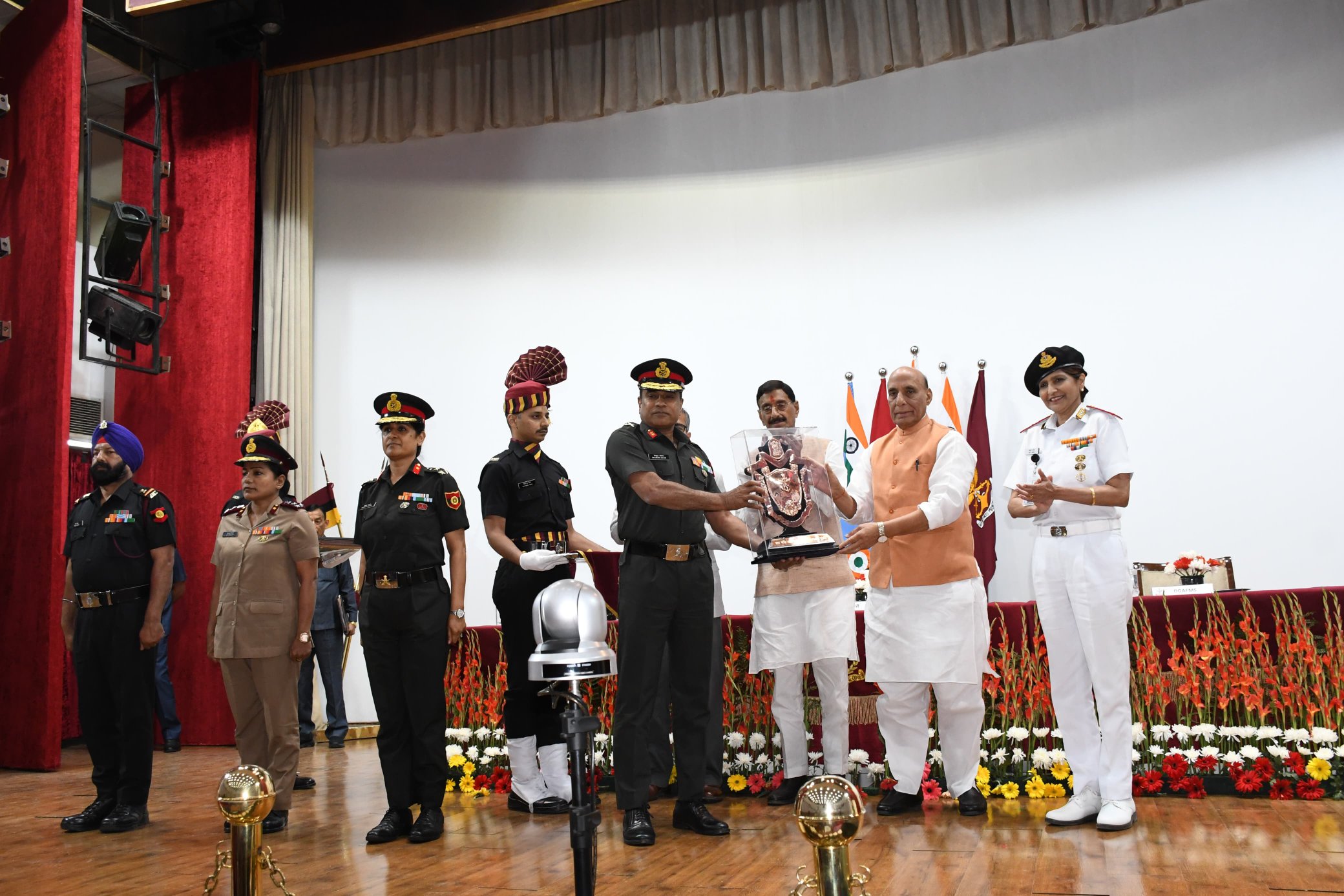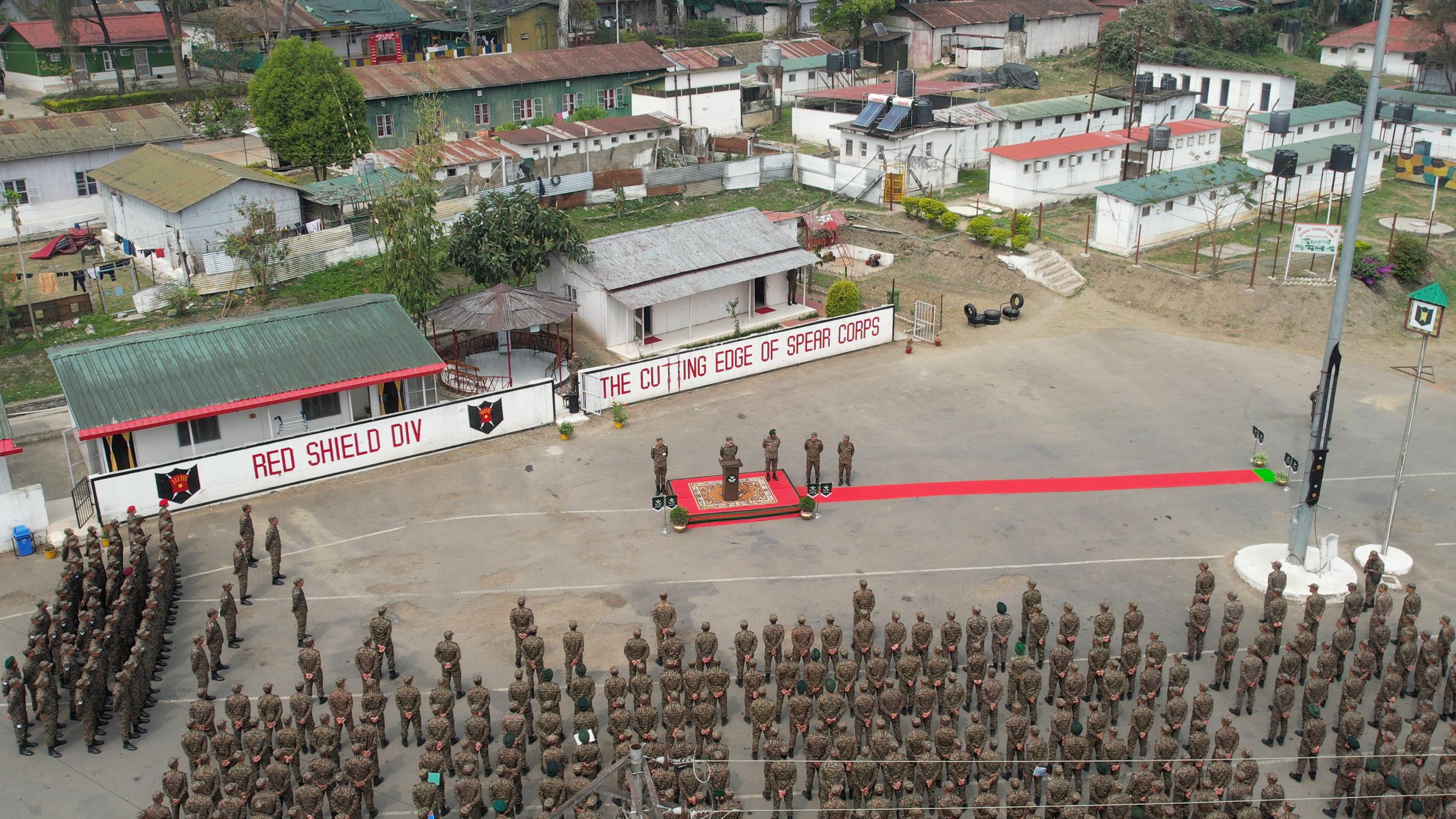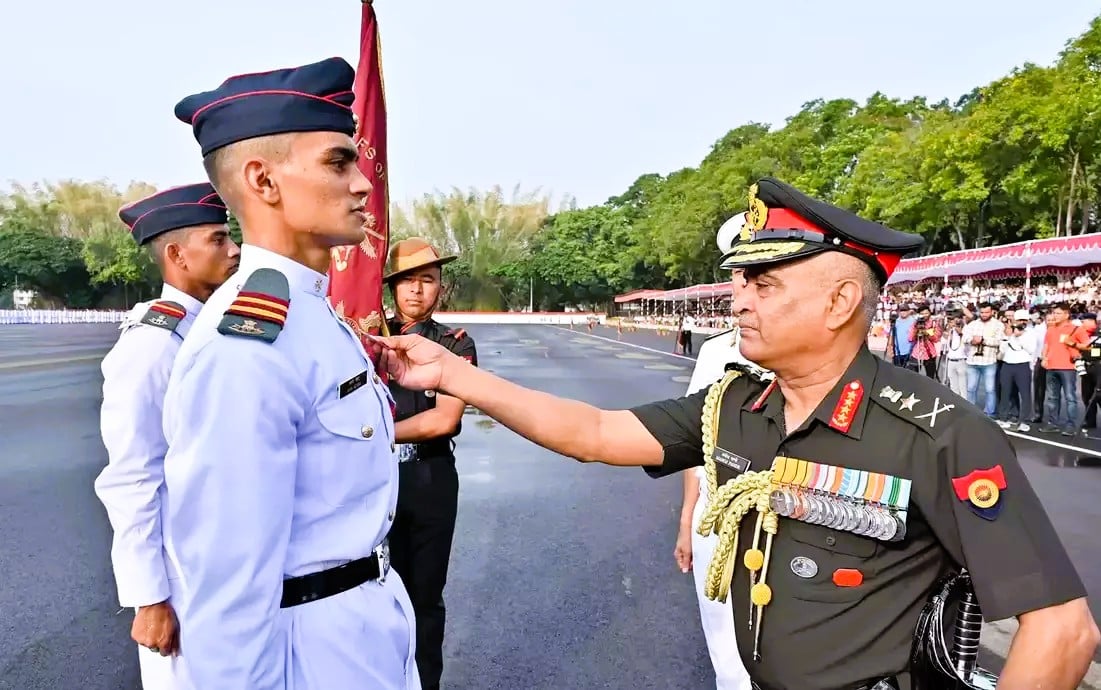Hello, Warriors!
The India Army is planning to upgrade and indigenize the production of winter clothing for its soldiers deployed in “super high-altitude” areas which are being imported from Switzerland, Finland and Norway at high costs as of now, according to news reports.
The government spends almost 1 lakh rupees to provide clothing to a single soldier including ice-axes, shovels, boot crampons, and Stromeyer tents.
Indian jawans took most of the “dominating” glacial heights on the Saltoro Ridge in a daring operation to pre-empt Pakistani soldiers by a whisker in 1984 and has captured the area ever since.
There are eight major clothing items being procured from abroad as of now. At present, specialised clothing for over 27,000 soldiers is obtained for three years at a time.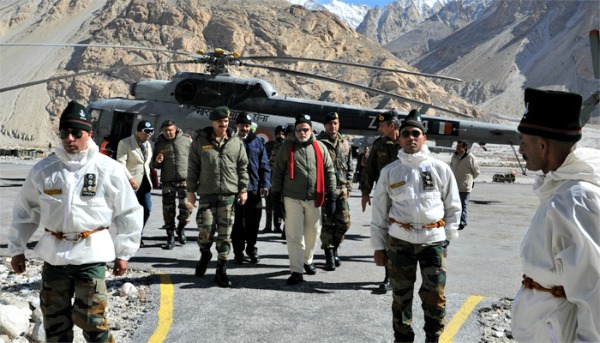
The defense ministry was urged to purchase winter clothing for Siachen, Drass, Kargil, Sikkim and Arunachal Pradesh that have temperatures ranging from minus 10 to 60 degree Celsius, for five years at a time due to the long process and irregularities in the current items being procured from abroad.
Meanwhile, attempts are being made to tap the technology available in India to gradually replace imported winter clothing. Indian Technical Textile Association is also likely to help for this endeavour.
The Indian vendors have already been identified for making the three-layered ECCWS and gloves as well as the four-layered socks. The overall aim is to improve the products further by reducing bulk and weight to ensure soldiers can be more agile and combat-effective while getting higher thermal insulation from the extreme weather.
Just since 1984, India has lost around 900 soldiers on the Siachen heights. But with better infrastructure being built on the glacial heights, where soldiers are taught to “survive first and then fight”, the number of casualties has gone down over the years.
But soldiers still have to battle high-altitude pulmonary odema, cerebral odema, hypothermia, hypoxia and frost-bite in the tough terrain, where avalanches, blizzards and whiteouts are the norm.
Just last week, an Army doctor, Capt Ashwini Kumar, was killed after a patrol got hit by an avalanche in Siachen.
This, for sure, is a big step towards indigenization of Indian Armed Forces, but with the process to clear all legal and official bars, it may take another five to ten years.




